The Gear You Need for Rafting Photography
The right gear is crucial for any photography or videography activity, especially when you're out on the water. Here are some essential pieces of equipment that you should consider bringing on your next rafting trip:
Camera
Choose a camera that is durable, waterproof, and can capture high-quality images and videos. A GoPro or an action camera is a popular choice for rafting photography as they are small, portable, and can be mounted on a helmet or chest harness. If you're looking for more professional-grade equipment, you can opt for a DSLR or mirrorless camera that is waterproof or can be placed in a waterproof housing.
Lenses
A wide-angle lens is ideal for capturing the vastness and beauty of the river, while a zoom lens is useful for taking close-up shots of your fellow rafters. If you're using a GoPro, you can consider using a fisheye lens or a filter to enhance the color and contrast of your images.
Accessories
Accessories like a waterproof housing, a floaty grip, a chest harness, and a helmet mount can help you get unique shots from different angles while keeping your camera safe and secure.
How to Prepare for a Rafting Photography Trip
Before you set out on your rafting adventure, there are a few things you can do to prepare yourself for capturing great photos and videos.
Research the Location
Research the location where you will be rafting to get an idea of the terrain, weather, and lighting conditions. This will help you plan your gear, settings, and composition accordingly. You can also look for inspiration by checking out photos and videos of the location on social media or photography websites.
Practice Your Skills
If you're new to rafting photography or videography, it's a good idea to practice your skills before the trip. You can try taking photos or videos of moving objects like cars or people running to get a feel for the shutter speed and focus settings. You can also experiment with different angles and framing to find your style.
Pack Your Gear
Make a checklist of all the gear you'll need and pack them in a waterproof bag or case. Make sure to bring extra batteries, memory cards, and cleaning supplies to keep your gear in top condition.
Tips for Capturing Great Photos and Videos While Rafting
Capturing great photos and videos while rafting can be challenging, but here are some tips to help you get the shot you want:
Use the Right Settings
Use a fast shutter speed and a wide aperture to freeze the action and blur the background. If you're shooting in bright sunlight, you may need to use a neutral density filter to avoid overexposure. If you're shooting in low light, you may need to increase the ISO or use a flash.
Experiment with Angles and Perspectives
Try shooting from different angles and perspectives to add depth and interest to your shots. You can shoot from a low angle to capture the rapids' height or from a high angle to show the vastness of the river.
Focus on the Action and Emotions
The goal of rafting photography and videography is to capture the action and emotions of the experience. Try to capture the expressions and reactions of your fellow rafters as they navigate through the rapids. Focus on the details like the splashing water, the paddles hitting the water, and the raft bouncing on the waves.
Best Practices for Editing and Sharing Your Rafting Content
Editing and sharing your rafting content can be just as important as capturing it. Here are some best practices to help you showcase your work and get noticed:
Choose the Right Platform
Choose the right platform to share your content based on your target audience and goals. Social media platforms like Instagram, Facebook, and YouTube are great for reaching a wider audience, while photography websites like 500px and Flickr are ideal for showcasing your work to a more targeted audience.
Edit Your Content
Edit your content to enhance its quality and appeal. You can use editing software like Adobe Lightroom or Photoshop to adjust the exposure, color, and contrast of your images and videos. You can also add text, music, and special effects to your videos to make them more engaging.
Tell a Story
Use your content to tell a story about your rafting experience. You can use captions, hashtags, and descriptions to provide context and share your emotions and thoughts about the adventure. You can also create a blog or vlog to document your journey in more detail.
Examples of Great Rafting Photography and Film
Here are some examples of great rafting photography and film to inspire you:
National Geographic
National Geographic has some of the best adventure photography and videography in the world. Their rafting content is no exception, featuring stunning imagery and compelling storytelling.
Red Bull
Red Bull is known for its extreme sports content, and their rafting content is no different. They feature some of the best athletes in the world pushing the limits of what's possible on the water.
GoPro
GoPro is the go-to camera for adventure sports, and their rafting content is a testament to its capabilities. They showcase how their cameras can capture stunning footage from unique perspectives and angles.
How to Get Your Rafting Content Noticed on Social Media
Getting your rafting content noticed on social media can be challenging, but here are some tips to help you stand out:
Use Hashtags
Use relevant hashtags to make your content discoverable by users who are interested in rafting or adventure sports. You can use generic hashtags like #rafting, #adventure, and #explore, or location-specific hashtags like #grandcanyon or #coloradoriver.
Engage with Your Audience
Engage with your audience by responding to comments, asking for feedback, and collaborating with other creators. Building relationships with your followers can help you grow your audience and increase your visibility.
Post Consistently
Post consistently to keep your audience engaged and interested in your content. You can create a content calendar to plan your posts and ensure that you're posting at optimal times for your audience.
Rafting Photography and Film Contests and Festivals
Entering photography and film contests and festivals can be a great way to showcase your work and get recognized. Here are some rafting photography and film contests and festivals that you can consider:
National Geographic Adventure Photographer of the Year
National Geographic Adventure Photographer of the Year is an annual contest that recognizes outstanding adventure photography from around the world. The contest features categories like action, landscape, and people, and offers a grand prize of $10,000.
Mountainfilm Festival
Mountainfilm Festival is an annual festival that showcases films and documentaries about adventure sports, environmental issues, and cultural diversity. The festival features a rafting category and offers cash prizes for the winners.
Whitewater Awards
Whitewater Awards is an annual awards ceremony that recognizes outstanding achievement in the world of whitewater sports. The ceremony features categories like best kayak freestyle, best raft line, and best SUP surfing, and offers cash prizes for the winners.
Safety Considerations for Rafting Photography and Film
Rafting photography and film can be exhilarating, but safety should always be a priority. Here are some safety considerations to keep in mind:
Follow Safety Guidelines
Follow safety guidelines and instructions provided by your rafting guide or instructor. Wear a personal flotation device (PFD) and a helmet at all times, and make sure your camera gear is securely attached to your body or equipment.
Be Aware of Your Surroundings
Be aware of your surroundings and potential hazards like rocks, waves, and currents. Don't take unnecessary risks to get the shot, and always prioritize your safety and the safety of those around you.
Respect the Environment
Respect the environment and wildlife by not disturbing or littering in the river or its surroundings. Leave no trace and follow the principles of sustainable tourism.
Next Steps for Improving Your Rafting Photography and Film Skills
Rafting photography and film is a never-ending learning process, and there's always room for improvement. Here are some next steps to help you improve your skills:
Attend Workshops and Courses
Attend workshops and courses to learn from experienced photographers and videographers. You can find workshops and courses online or in-person that focus on rafting photography and videography.
Join a Community
Join a community of like-minded individuals to share your work and get feedback. You can join photography or videography groups on social media or attend meetups and events.
Experiment and Explore
Experiment and explore with different techniques, gear, and locations to find your style and voice. Don't be afraid to try new things and push yourself out of your comfort zone.
Cherish Your Memories
Rafting photography and film can be a challenging yet rewarding experience. With the right gear, preparation, and skills, you can take stunning photos and videos that will capture the thrill and excitement of rafting. Remember to prioritize safety and respect the environment, and have fun exploring and creating.
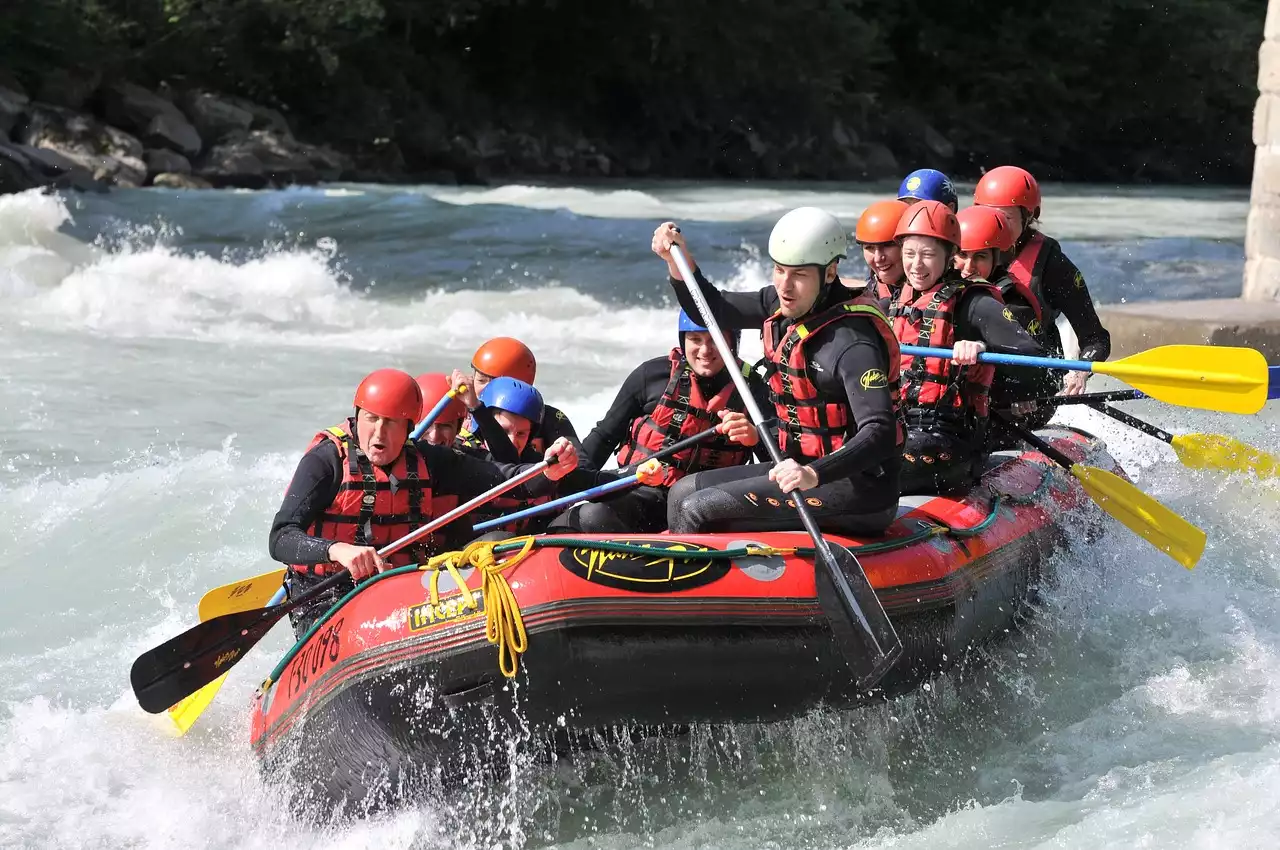
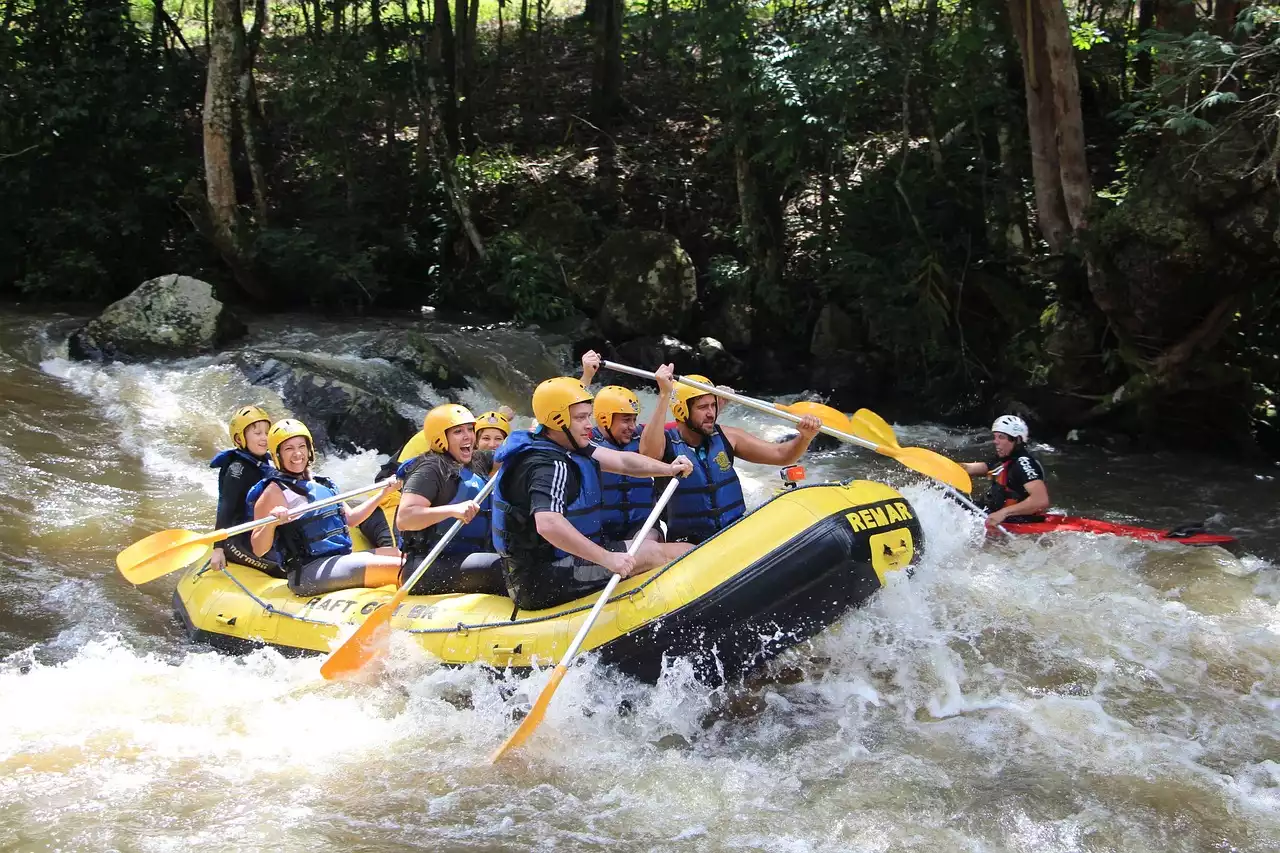
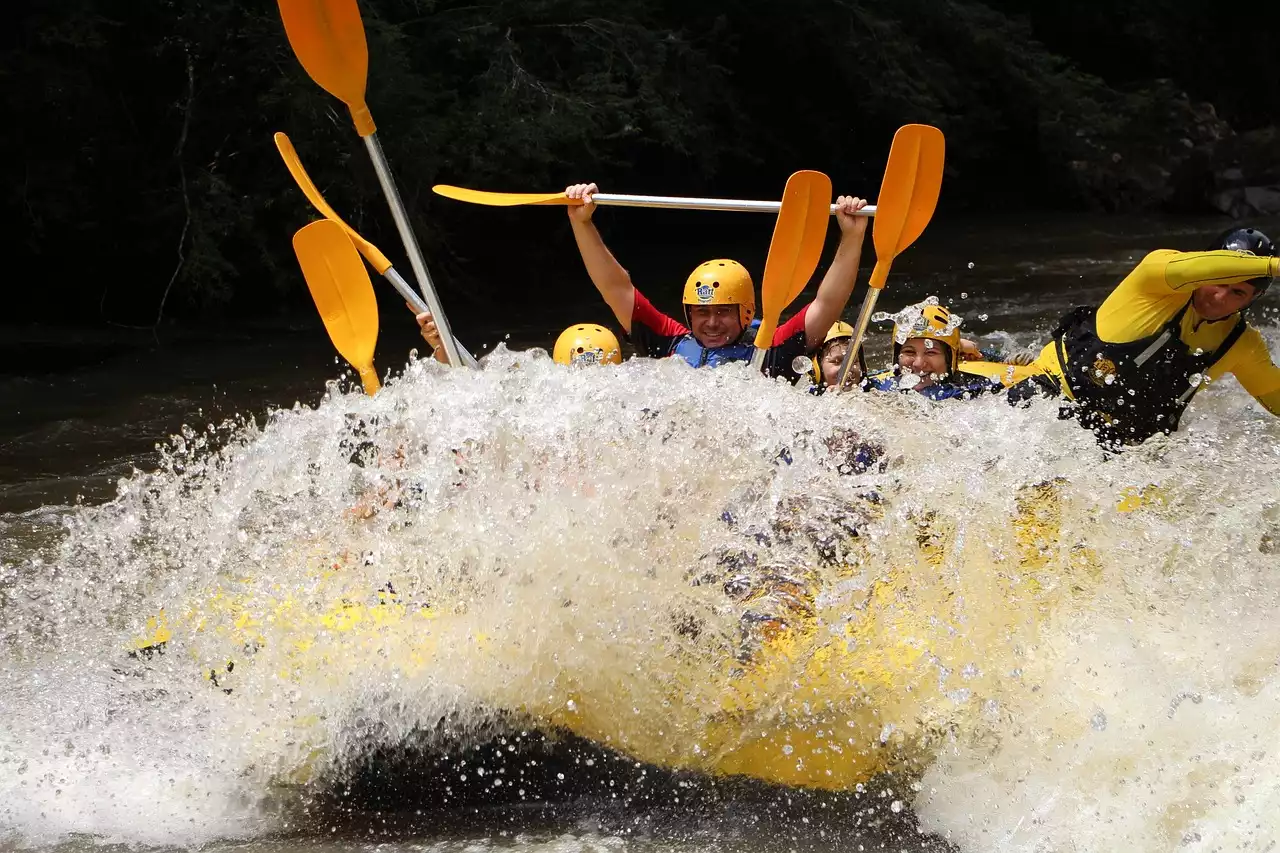
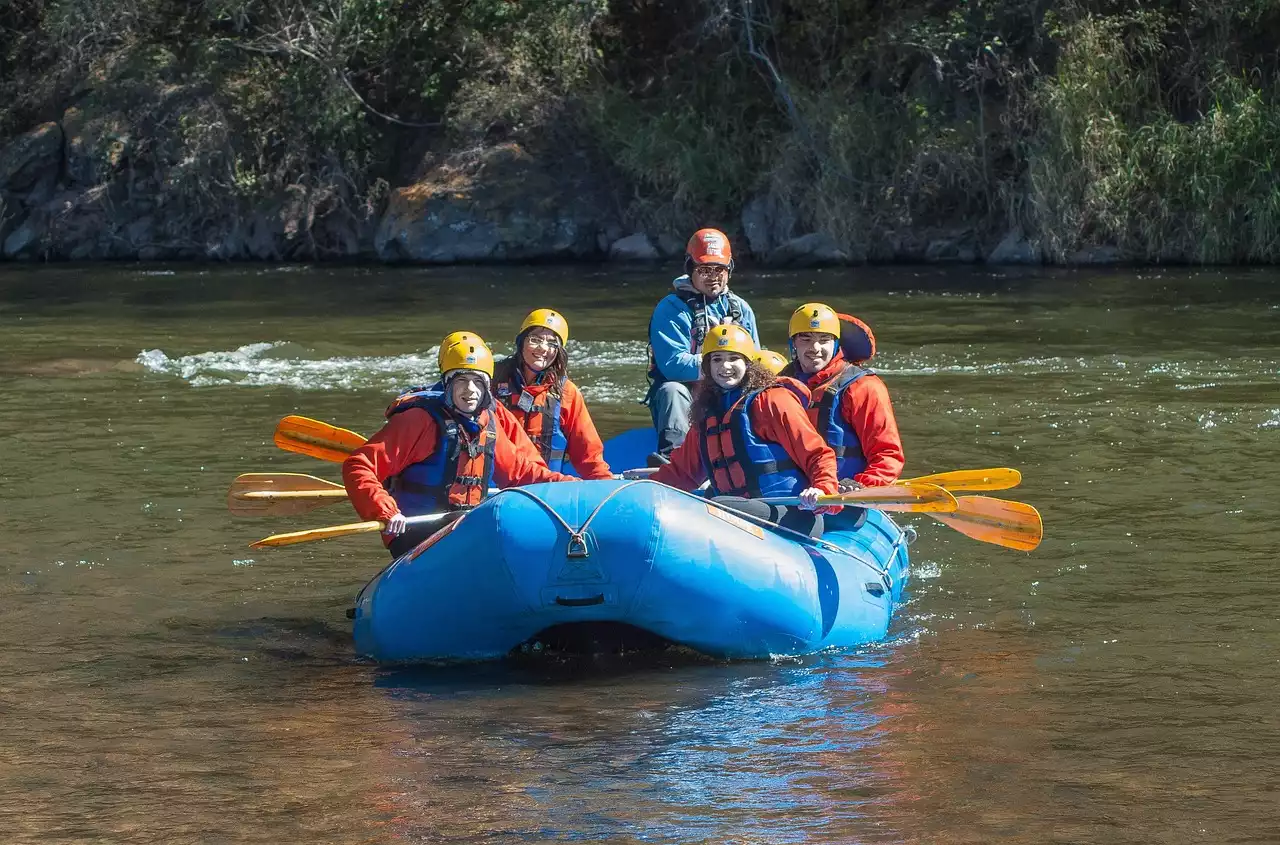
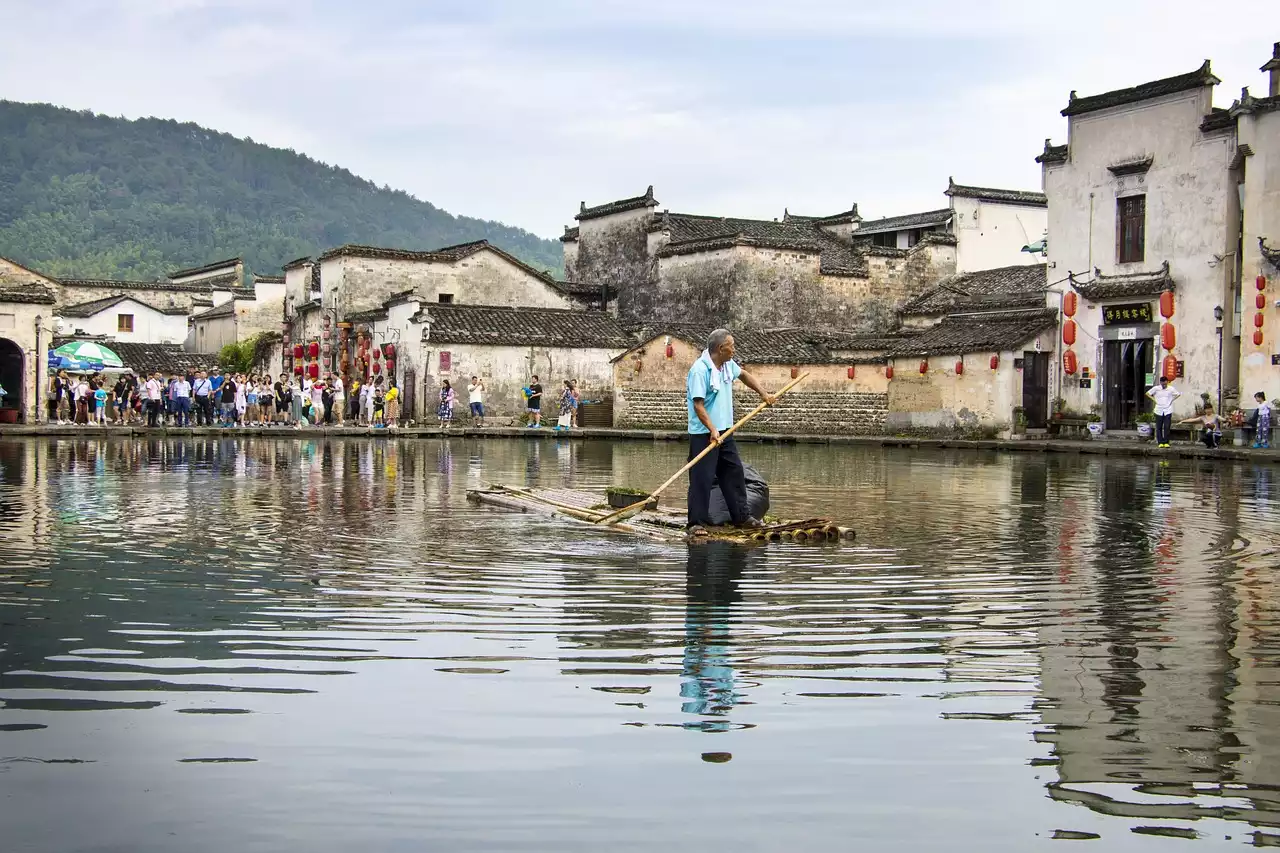


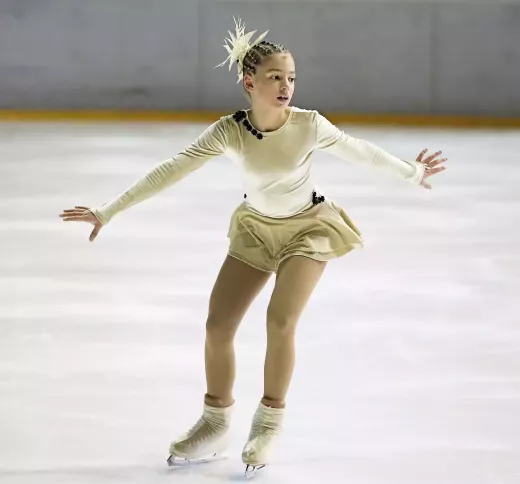
.png?size=50)

